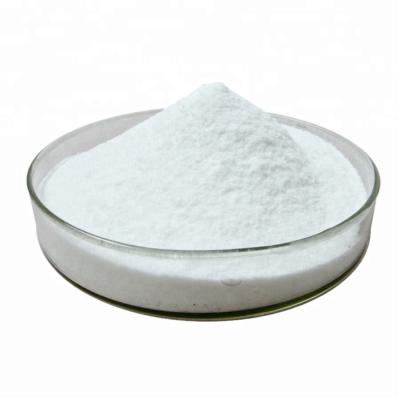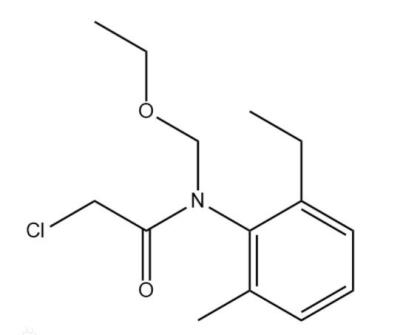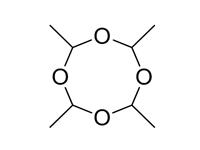Syngenta lanza cuatro nuevos biopesticidas en Italia
En apenas veinte años, las sustancias sintéticas activas para la defensa fitosanitaria se han reducido prácticamente a la mitad, pasando de unas 440 en el año 2000 a poco más de 200 en la actualidad.
Esto se debe a los requisitos normativos cada vez más exigentes en términos de perfiles toxicológicos y ambientales.
Sin embargo, la defensa no conoce contratiempos, exigiendo la máxima atención contra patógenos y parásitos. Todo ello, con la mirada puesta también en el perfil residual de los cultivos, es otro de los temas en los que las cadenas agroalimentarias globales han pensado en cambio de subir el listón.
Esto ha creado la necesidad de desarrollar nuevas soluciones con un carácter completamente diferente, como para reparar los huecos dejados por las deserciones de las moléculas sintéticas, aportando al mismo tiempo importantes ventajas desde el punto de vista toxicológico, medioambiental y residual.
La carga de los biológicos
En escenarios tan desafiantes, el sector de las soluciones de origen natural, también conocidas como "Biosolutions", ha ganado la máxima atención rápidamente. Son sustancias activas derivadas de microorganismos o especies pertenecientes al Reino Vegetal o de los microorganismos mismos, que también se pueden utilizar en la agricultura ecológica.
Hoy, el sector de los productos de biocontrol está proliferando rápidamente gracias a la llegada de nuevas propuestas técnicas, cada una única. En este contexto, Syngenta lanzó en 2023 un puñado de productos adecuados a estos requisitos, a saber, ROMEO ® , ARBIOGY ® , BEMOTIUS ® y CLAVITUS ® 13 SL.
Además de representar una inyección de nuevas soluciones orgánicas, su uso también representa una valiosa oportunidad para que la agricultura integrada diferencie y enriquezca los programas tradicionales de defensa.
Los cuatro ejes de la lente.
The advantages deriving from using biosolutions are all tangible and extremely interesting. For example, they help contain pathogens and parasites through mechanisms of action utterly different from synthetic substances. This contributes to the contrast of resistance phenomena, a growing problem in the various sectors of phytosanitary defense. The absence of a safety interval, or in any case extremely limited, also allows its use up close to the collection.
Formulated as a wettable powder, ROMEO® is a biofungicide based on cerevisane, an inert substance made up of the cell wall of Saccharomyces cerevisiae strain LAS117. It acts as a resistance inducer in plants and can be used on vines and vegetables against powdery mildew, downy mildew and botrytis. Crops subjected to treatment with ROMEO® activate endogenous responses to pathogens since the product mimics their presence. Therefore, when the disease arrives, the plant tissues have already proactively activated their natural defenses, thus hindering its spread.
There are three insecticides:
ARBIOGY® is a bioinsecticide containing Beauveria bassiana - ATCC 74040, a parasitic fungus of insects and mites. It can also be used organically and is registered on vines, stone fruit, floral and ornamental crops. ARBIOGY® is formulated as an oily dispersion and should be used at the first appearance of the target organism, conducting up to a maximum of five applications per year with an interval of 5 to 7 days. Its spectrum of action includes thrips, mites, leafhoppers (including scaphoid), whiteflies, fruit and cherry flies.
BEMOTIUS® instead contains azadirachtin A and is proposed as a natural insecticide for the protection of apple trees, citrus fruits, vines, strawberries, floral/ornamental and numerous horticultural crops. Authorized for foliar and soil use on target parasites, it acts as a growth regulator, altering the development of insects. It also has a disappetent and repellent action which performs a dissuasive function. Its spectrum of activity is broad, including aphids, mealybugs, whiteflies, leaf miners, thrips, flies, Colorado potato beetle, nocturnals and other lepidopteran larvae. Of the four innovations from Syngenta, it is the only one that must respect a safety interval, which varies from one to seven days, depending on the crop.
Finally CLAVITUS® 13 SL. Authorized on the main horticultural crops, it is a liquid formulation containing potassium salts of fatty acids at a rate of 130.4 grams per liter, combined with vegetable oils and essential oils such as terpenes and aromatic substances. Vegetable oils make the exoskeletons of the target parasites more permeable, i.e. aphids, bedbugs, thrips, whiteflies, leaf miners and mites, allowing for better penetration of potassium salts. At the same time, the aromatic substances function as repellents, adding an additional element to the product's mode of action. In the field, it should be used when parasites appear, repeating the treatment in case of re-infestation. CLAVITUS® 13 SL is also characterized by its high speed of action and strong knockdown power. Not having any safety interval,
Un catálogo dedicado
The new four bio-solutions from Syngenta fit into and expand an already established range of products in organic and integrated agriculture. Market references in this sense are in fact products such as TAEGRO® (B. amyloliquefaciens - FZB24) and PRIMIAL® (B. thuringiensis var. kurstaki SA11).
By correctly inserting these proposals in the defense programs, it is possible to contain the adversities of the crops while lightening the environmental pressure and the residual profile of the crops.
Fuente: Spa Syngenta Italia




